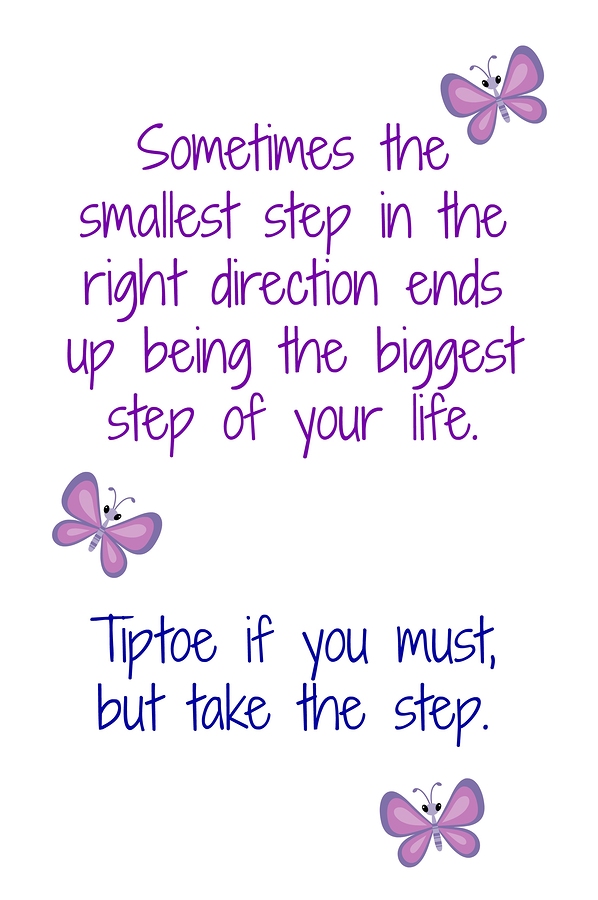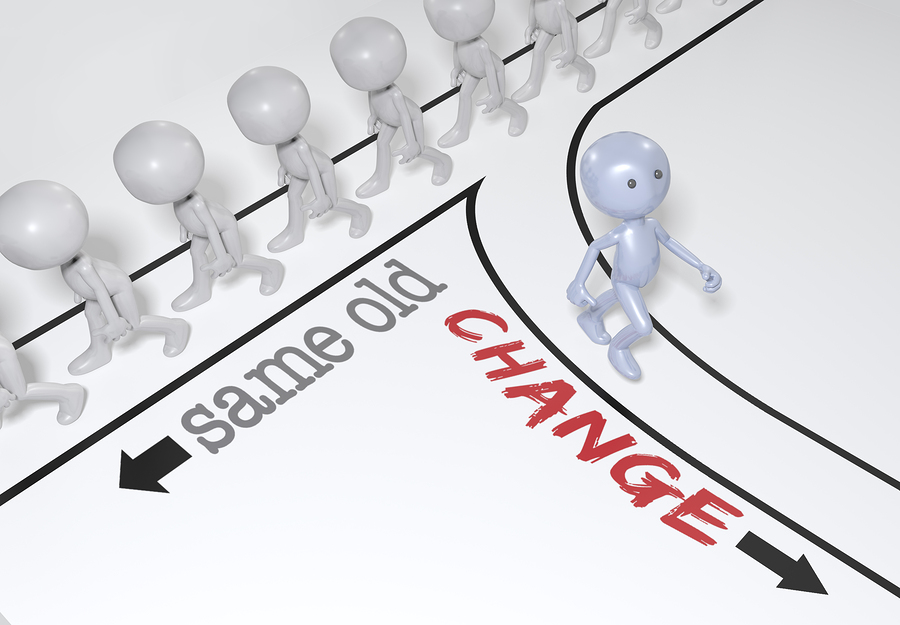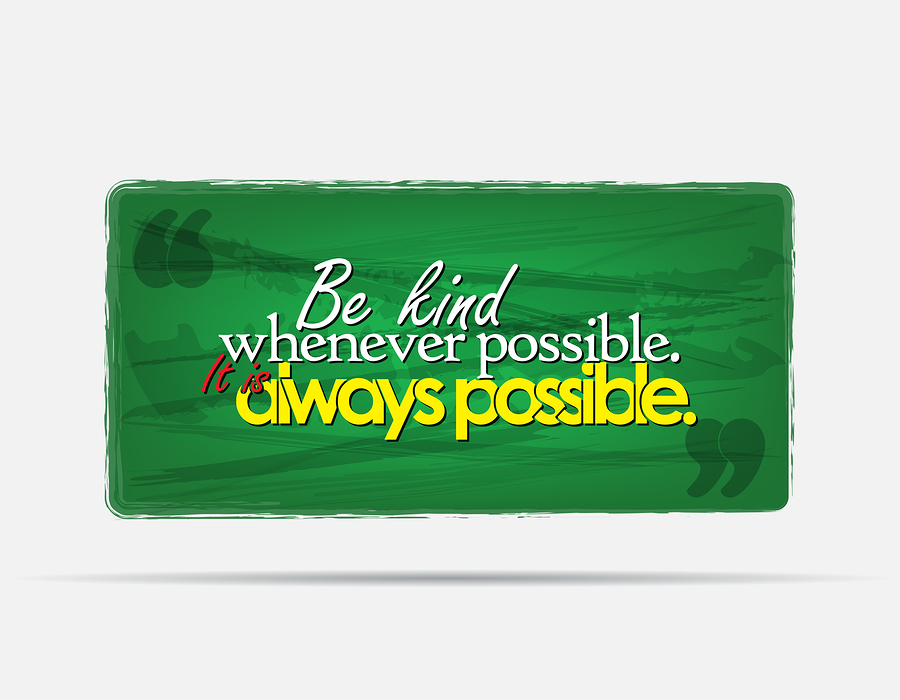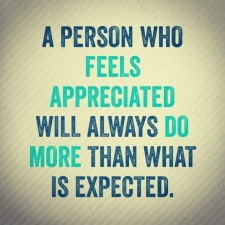“Imagination is everything.
It is the preview of life’s coming attractions”
Albert Einstein.

Are you happy to leave your unique “preview” unscripted and unrehearsed or worse, let your brain run amok and generate negative previews that leave you fearful and disempowered?
Maybe sometimes it is totally appropriate and refreshing to arrive at a moment or situation in life without preparation but, at times, it’s good to take control. Using visualisation purposefully and acting as both the director and the star of our own internal movies is a proven way of shaping success and enhancing wellbeing.

How can visualisation help to build success?
Way back, before some of you who are reading this were born, in the 1970’s; the Soviets started to use visualisation as part of sports training for competition. The technique is now widely used in sports. Top athletes and other sports elite use visualisation routinely in training to prepare for success. A quick search on the internet will provide many examples of sports stars past and present who harness the power of visualisation to boost their success.
“I never hit a shot, not even in practice, without having a very sharp and clear picture of taking the shot in my head”
Jack Nicklaus, world champion golfer
Advances in neuroscience and modern scanning technology can give us a clear picture of what is happening in the brain when we visualise. When we visualise in an “associated” way (where we are experiencing the scenario as if we were actually there) and become skilled in the technique, activities in the brain mirror the activities that occur when we are performing the same activity in real life. Motor control, perception, planning, perception, confidence and focus can all improve through the skilled use of visualisation.
In effect, it would seem that the brain cannot tell the difference, between a real and an associated, vividly imagined experience. The same neural pathways operate in both scenarios.
Thus, through skilled visualisation, we can create pathways within the brain that can be used and strengthened when we come to perform for real. This works whether you are an elite sports person or someone who wants to improve their ability in business situations.
By mentally rehearsing in this specialized way, we create “memories” of the visualised experience. When we come to the real situation, the brain has already prepared pathways that can help us perform effectively.
Let’s use a common situation that many people find challenging and which can cause stress and panic, as an example;- Public speaking. This will help me to outline some pitfalls of unplanned visualisation and describe the way to use visualisation positively, within a context that will, for many, make perfect sense!

Many people, are TERRIFIED of public speaking and want to build skills so that they can present information or address others with confidence and enjoyment. If this resonates, read on. If not, feel free to superimpose your preferred scenario over the next sections of content.
We will firstly explore how fear and terror can be generated within the wonderful brain.
How the brain and visualisation can work against us.
I remember many clients who have worked with me to build confidence and to overcome a terror of public speaking. From those may experiences, I have created an amalgamated case study.
Meet Peter: –

Peter is a 36-year-old Director who has developed a full blow horror of public speaking. He has “managed” his fear by delegating to junior team members and thus avoided doing presentations for around four years. Up until recently this has worked well as a strategy.
The company that Peter works for is hosting a client conference in four weeks’ time. Peter has been told that he must present at the conference as senior clients are expecting him to do so. His own colleagues on the Board are expecting great things (remember, they have NO IDEA about Peter’s fear or previous strategy of avoidance).
Understanding Peter’s strategy for fear…
On working with Peter, I needed to elicit his strategy for generating high levels of panic and fear. This involved negative, critical, anxious, sarcastic and judgmental inner dialogue (for tips on how to manage this well see link to previous blog) The still small voice within. A guide to mastering your inner voice… Peter’s own internal voice, in a harsh and bullying tonality, was literally telling him that he was crap, ( with many more unpleasant expletives ) and that he would make a total mess of presenting. He naturally responded with aversion and fear.
He was not initially aware that he had been running an internal movie of the scenario but, we very quickly identified that he had, and he was shocked by it’s content. He had done an excellent job of scaring himself into full blown fear. Neither of us were surprised that he had avoided presenting up until now.
His imagination had, in fact, created a full-blown disaster movie.

It contained minute details such as;- tripping on his way to the front, forgetting and stumbling over his words, messing up the use of technology, having a dry mouth , losing his way within the content and blushing profusely. The audience, in his imagination, was unengaged, whispering rude comments about him and were clearly bored and restless as he spoke in a quiet and faltering voice. He imagined that people asked him questions that he couldn’t answer and laughed openly when he got stuck. In his “movie”, he was small and insignificant and the audience members huge with jeering and cruel faces.
This then was his brain’s strategy to, very expertly, generate a fear response to the perceived threat involved in presenting.
The key word is perceived as there was no historical or factual reason to believe that presenting would generate a threatening situation. His brain had created that threat, all on its own and the fearful response was part of the normal “fight or flight response” to threat. Flight in this case = avoidance of presenting.
Moving to confidence and success
We dealt with the unhelpful internal dialogue The still small voice within. A guide to mastering your inner voice… and then turned our attention to creating and installing a feelgood movie in place of the horror film that his creative “internal studio” had produced. He enjoyed using his imagination to visualise in a new and purposeful way the presentation was a huge success!

Peter now seeks every opportunity to present. he looks forward to doing so with excitement and anticipation. Here’s what we did…..
I will take you through the stages that I use with clients, in the activity that follows:-
Activity :- Step by step guide to using visualisation skillfully.
- Think of the situation where you want to feel more positive and confident e.g. the presentation.
- Close your eyes if possible to minimize distractions or if tricky to do so – softly defocus your eyes.
- Give some thought to how you want the situation to pan out in real life. Sketch out the details as if creatively scripting a positive scene for a movie.
- Close down any anxious or negative thoughts and focus on the way you want to “direct” the scene that will give the best outcomes. LINK to past blog for detail on closing down unhelpful thought patterns.The still small voice within. A guide to mastering your inner voice…
- Strengthen your emotional “state” ;- you can do this sitting or standing.
-
- Adopt a positive posture with spine straight, head held high and feet squarely planted on the ground.
-
- Smile! Or at least relax the face ( you may not have been aware of tension but it is good to let it go!)
-
- Think of a time when you felt really confident. Bring this to mind and step back into that moment as if you were back there again, right now. ( this warms up your imagination and creativity!)
-
- Enjoy and imagine doubling the confident feeling as you replay the memory.
-
- Take a couple of deeper breaths and enjoy the centered and grounded feeling that you have generated.
6. Now run the movie of the scene that you have decided to rehearse, in your mind’s eye. Make sure all of the following criteria are covered:-
- You are directing the movie according to the new script and scene outcomes so……… feel a sense of positive anticipation about how good it can be.
- Imagine that you are both directing and starring in the scene and that it is an IMAX panoramic experience!.
- Make sure that you are “associated” into the scene…..playing the role rather than watching yourself in the role – see through your own eyes, hear through your own ears and feel how good it feels to handle the situation JUST as you would dream to.
- Make sure that the movie is in full and focused colour.
- Add in sound – a personal power anthem works well in the background. Hear yourself speak and hear the positive responses and murmurings around you.
7. Have the scenario go really well with you being just as you want to be in that situation. Enjoy feeling confident and strong, capable and in control.
8. Then throw in a challenge and notice how you deal with it in this positive, confident and grounded state. It is important to throw in a challenge as your brain will learn how to deal with challenges should they arise. Brains generalize very well and whilst you can’t imagine every challenge, your brain will generalize the calm and confident way that you respond to them.
-
- Have it go well.
-
- Throw in a series of other challenges and meet each one with a calm, confident and positive response.
-
- Play the scenario through right until the end in your imagination…… feeling positive and proud.
9. Think again about the situation you are preparing for…..
10. Notice what feels different and enjoy the differences that arise!
Repeat these 10 steps several times a day to build pathways and confidence and then enjoy the event when it happens in reality.
Moving forward
Using visualisation purposefully in this way helps to build confidence and wellbeing and is a routine practice for many successful people in the fields of business, sport, music and other performance fields. It can also be useful in family life as a rehearsal for situations where we want to be positively at our best.
Have fun, enjoy building your skills and please do let me know how you get on.
Please leave me a message if you have comments or requests for future blog content relating to building success and wellbeing.
Thank you
Bridget Clapham. Do visit my website and get in touch to share your experiences
Keeping Your Success and Wellbeing in Mind.

 “The only tyrant I accept in the world
“The only tyrant I accept in the world









